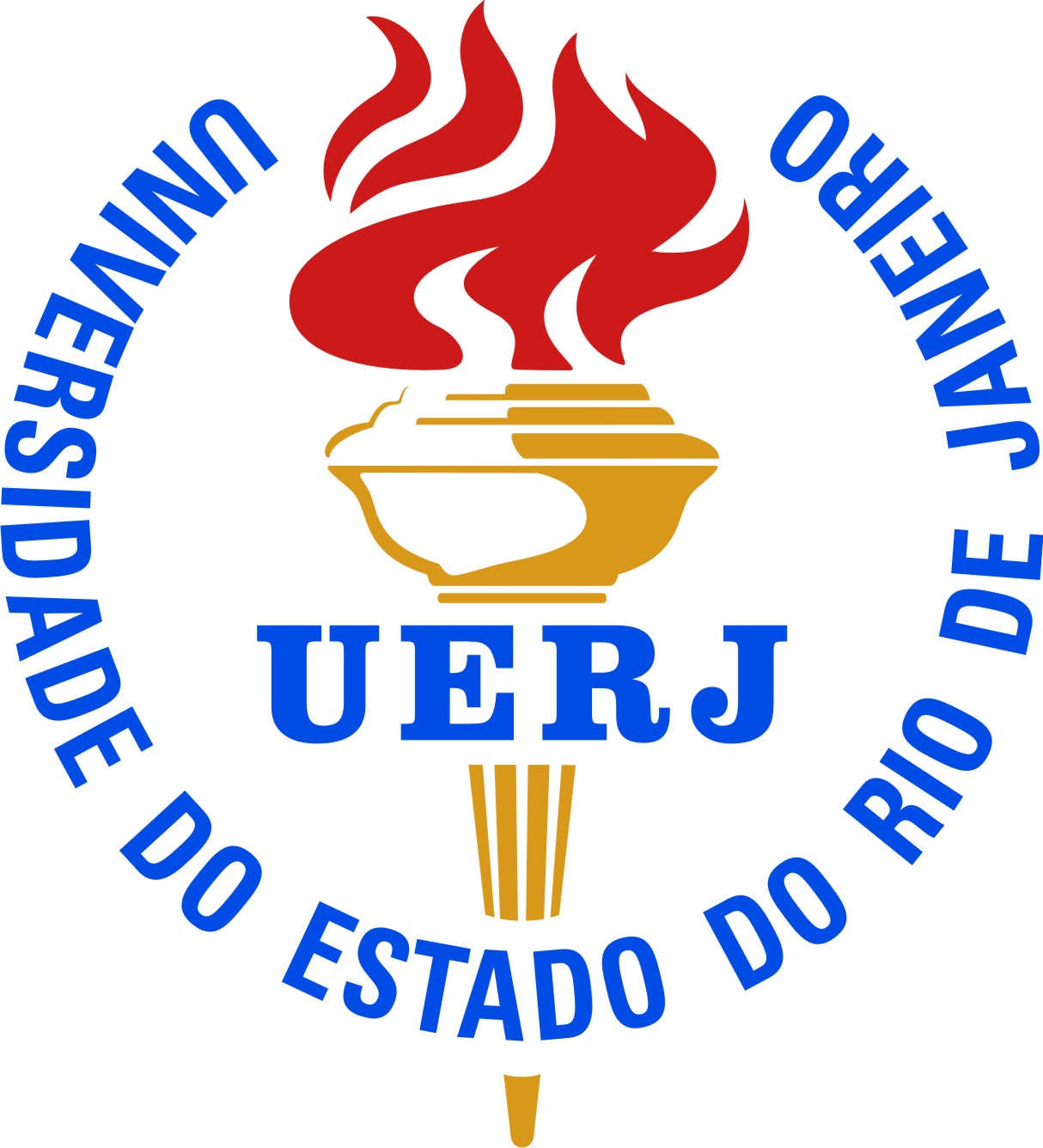
|
UNIVERSIDADE DO ESTADO DO RIO DE JANEIRO
|
| UNIDADE: INSTITUTO DE GEOGRAFIA | ||
| DEPARTAMENTO: DEPARTAMENTO DE TURISMO | ||
| DISCIPLINA: Instituições e Turismo | ||
| CARGA HORÁRIA: 60 | CRÉDITOS: 4 | CÓDIGO: IGEOG03-13074 |
| MODALIDADE DE ENSINO: Presencial | TIPO DE APROVAÇÃO: Nota e Frequência | |
| STATUS | CURSO(S) / HABILITAÇÃO(ÕES) / ÊNFASE(S) |
| Eletiva Restrita | IGEOG - Turismo (versão 1) IGEOG - Turismo (versão 2) |
| TIPO DE AULA | CRÉDITO | CH SEMANAL | CH TOTAL |
| Teórica | 4 | 4 | 60 |
| TOTAL | 4 | 4 | 60 |
EMENTA:
CONCEITO DE INSTITUIçãO. PRINCIPAIS ESCOLAS INSTITUCIONALISTAS. INSTITUIçõES COMO REGRAS DO JOGO. SUJEITOS E INSTITUIçõES. ESTADO E INSTITUIçõES. PAPEL DAS INSTITUIçõES NO TURISMO. INSTITUIçõES DO TURISMO NO BRASIL.
OBJETIVO(S):
ENTENDER O QUE é UMA INSTITUIçãO. CONHECER AS PRINCIPAIS ESCOLAS INSTITUCIONALISTAS E OS DIVERSOS CONCEITOS DE INSTITUIçãO. COMPREENDER A RELAçãO ENTRE AS INSTITUIçõES COMO REGRAS DO JOGO, OS SUJEITOS E O ESTADO. ENTENDER O PAPEL DAS INSTITUIçõES NO TURISMO.
BIBLIOGRAFIA: CAVALCANTE, Carolina Miranda. Análise metodológica da economia institucional. Niterói: Dissertação de Mestrado, 2007.
CHANG, Ha-Joon. Chutando a escada: a estratégia do desenvolvimento em perspectiva histórica. São Paulo: UNESP, 2004.
COASE, Ronald. The Nature of The Firm. Economica, November 1937, pp. 386-495. Disponível em: http://people.bu.edu/vaguirre/courses/bu332/nature_firm.pdf (acesso em: 01.08.2005).
CONCEIçãO, Octavio Augusto Camargo. O conceito de instituição nas modernas abordagens institucionalistas. Revista de Economia Contemporânea, vol.6, n.2, p.119-146, jul.-dez, 2002.
DEQUECH, David. The demarcation between the ´Old´ and the ´New´ Institutional Economics: Recent Complications. Journal of Economic Issues, vol.34, n.2, p.565-572, jun., 2002.
FURUBOTN, Eirik; RICHTER, Rudolf. Institutions and Economic Theory: the contribution of the new institutional economics. Ann Arbor: The University of Michigan Press, 2005, 2ª ed.
HODGSON, Geoffrey. The Return of Institutional Economics. In: SMELSER, Neil; SWEDBERG, Richard. (eds.) The Handbook of Economic Sociology. New York: Princeton University Press, 1994.
__________. A evolução das instituições: uma agenda para pesquisa teórica futura. Revista Econômica, v.3, n.1, p.97-125, junho, 2001.
__________. What are Institutions? Journal of Economic Issues, vol.40, n.1, mar., 2006.
LAWSON, Tony. Institutionalism: on the need to firm up notions of social structure and the human subject. Journal of Economic Issues, vol.XXXVII, n.1, mar., p.175-207, 2003.
NORTH, Douglass. Structure and Change in Economic History. New York: Norton, 1981.
__________. Institutions, Institutional Change and Economic Performance. Cambridge: Cambridge University Press, 1990.
__________. Understanding the Process of Economic Change. Princeton: Princeton University Press, 2005a.
RUTHEFORD, Malcolm. Institutions in economics: the old and the new institutionalism (Historical perspectives on modern economics). Cambridge: Cambridge University Press, 1994. 225 p.
__________. Institutional Economics: then and now. Journal of Economic Perspectives,15(3), pp.173-194, 2001.
SEARLE, John. What is an Institution? Journal of Institutional Economics, vol.1, n.1, 2005.
SIMON, Herbert. Bounded Rationality, s.d. (Mimeo).
THéRET, Bruno. As instituições entre as estruturas e as ações. Lua Nova, n.58, p.225-254, 2003.
TRIBE, John. Economia do Lazer e do Turismo. São Paulo: Manole, 2003.
VASCONCELLOS, Marco Antonio Sandoval; CARVALHO, Luiz Carlos Pereira. Introdução à Economia do Turismo. São Paulo: Saraiva, 2006.
VEBLEN, Throstein. Why is Economics not an Evolutionary Science. In: __________. The Place of Science in Modern Civilization and Other Essays. New York: Russel et Russel, 1961.
__________. A teoria da classe ociosa: um estudo econômico das instituições. São Paulo: Nova Cultural, 1988. 181 p.